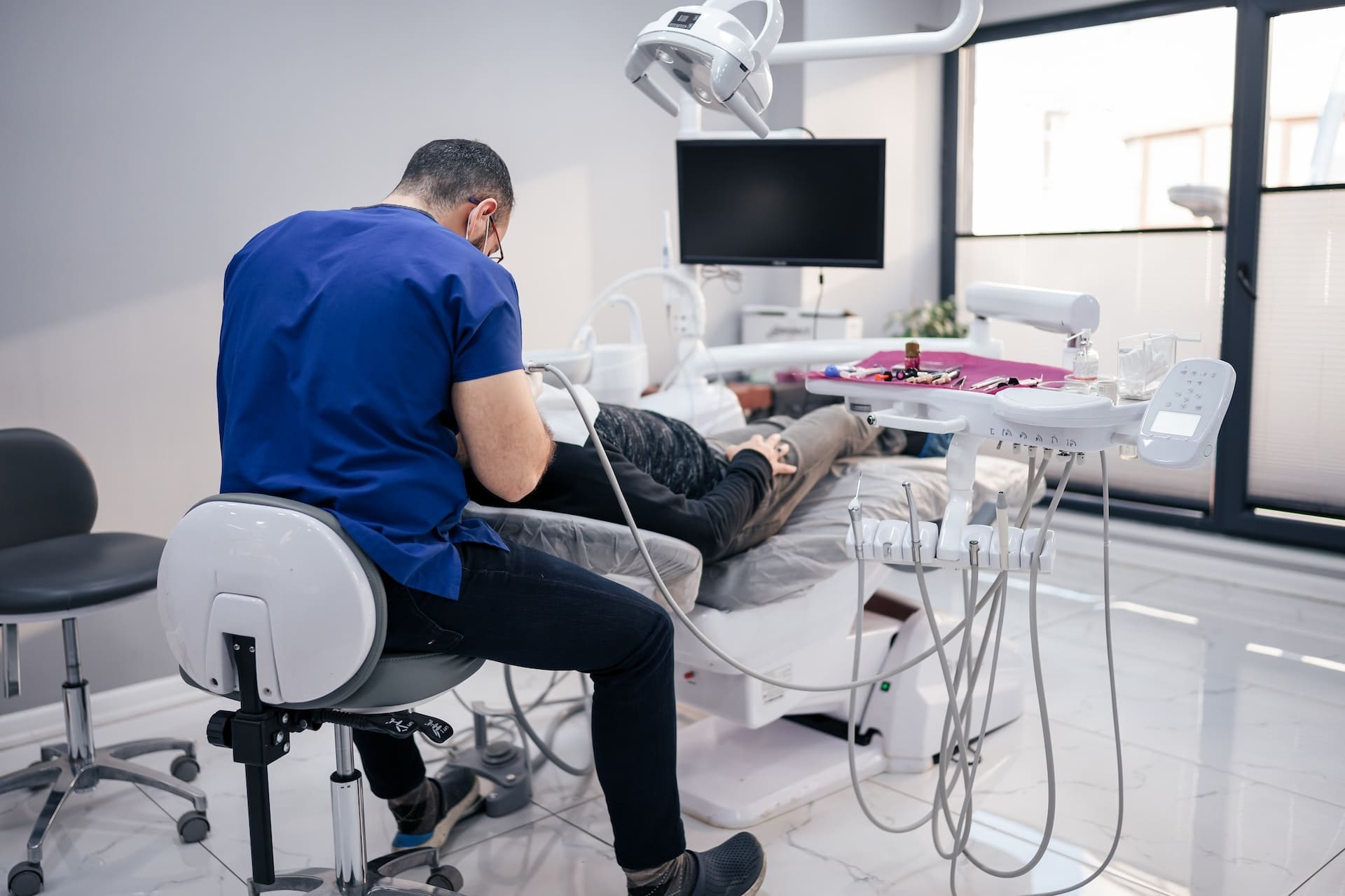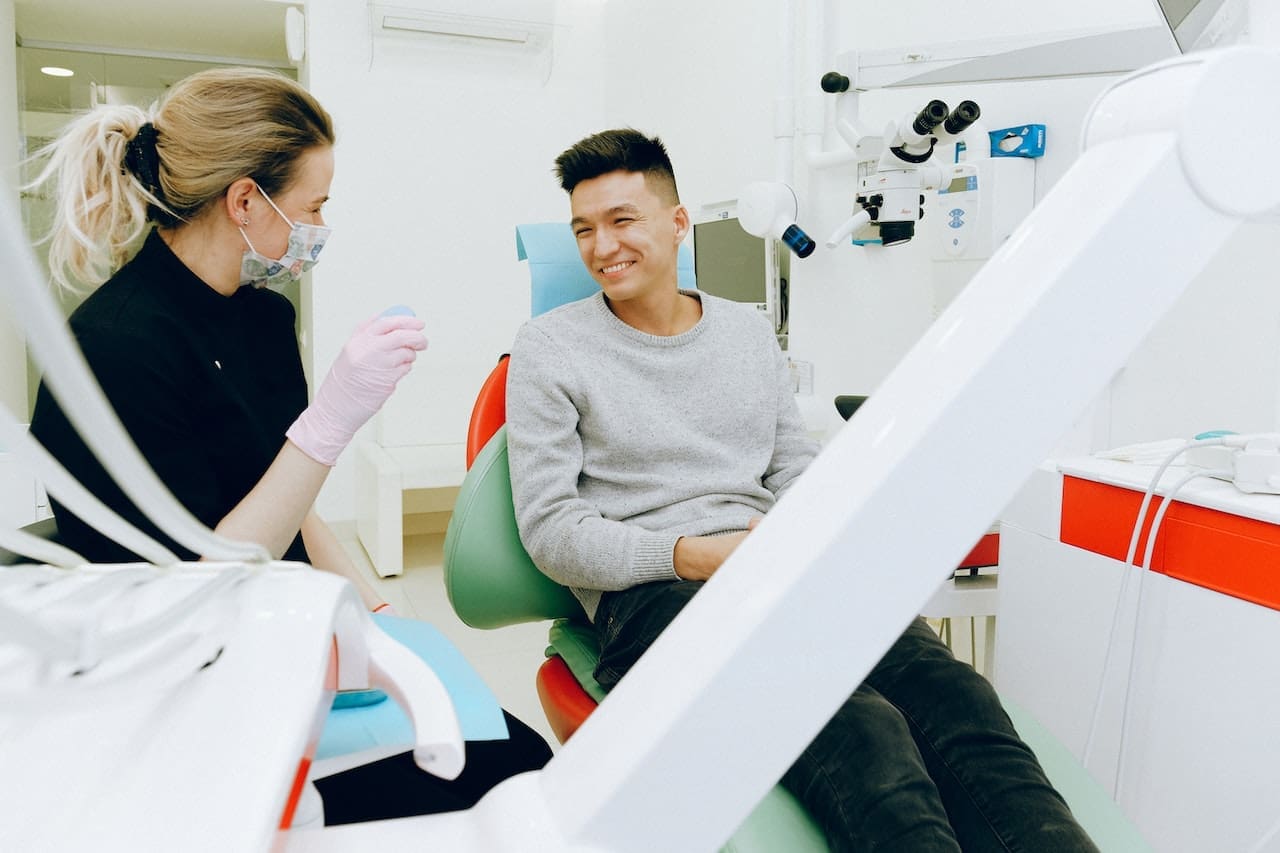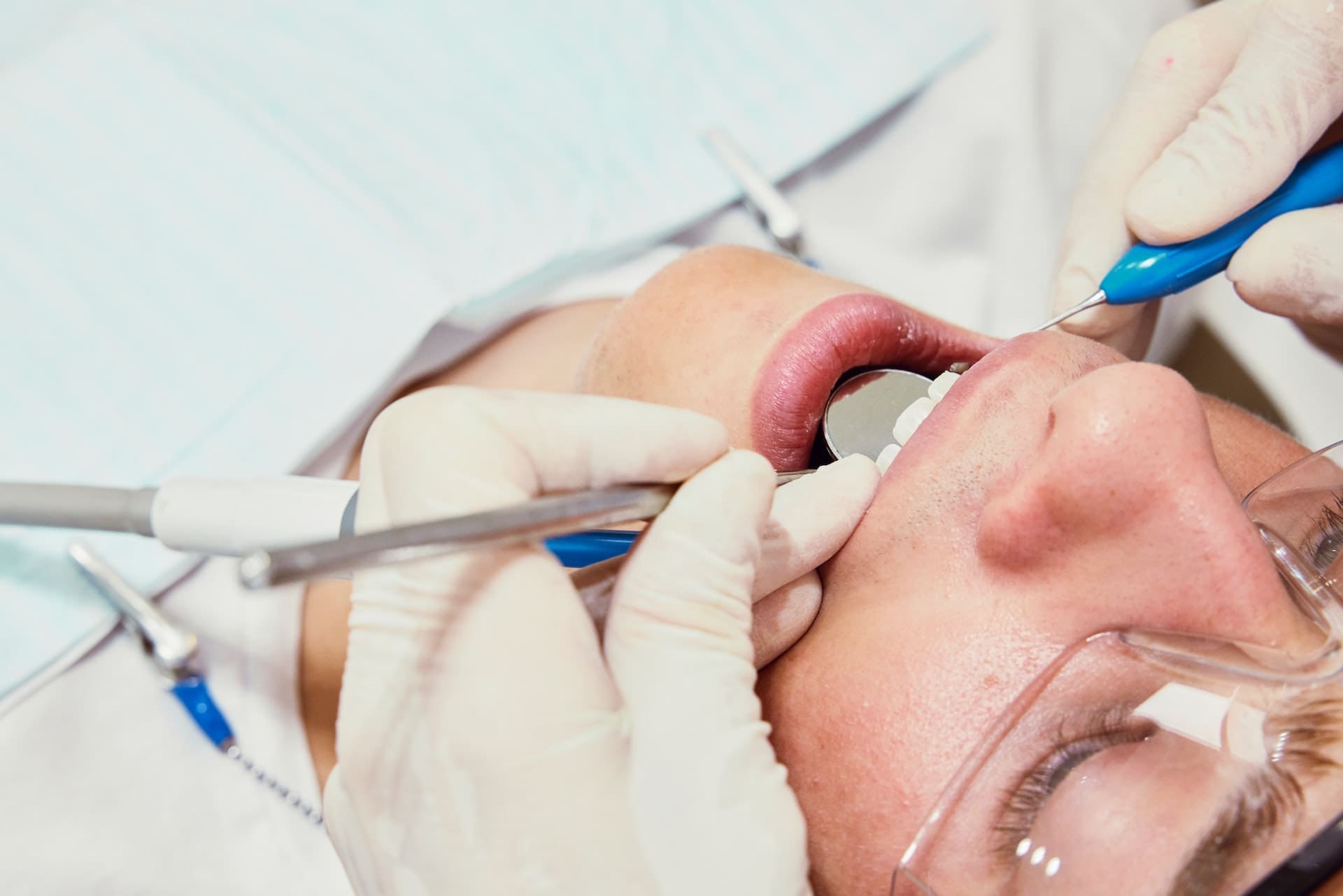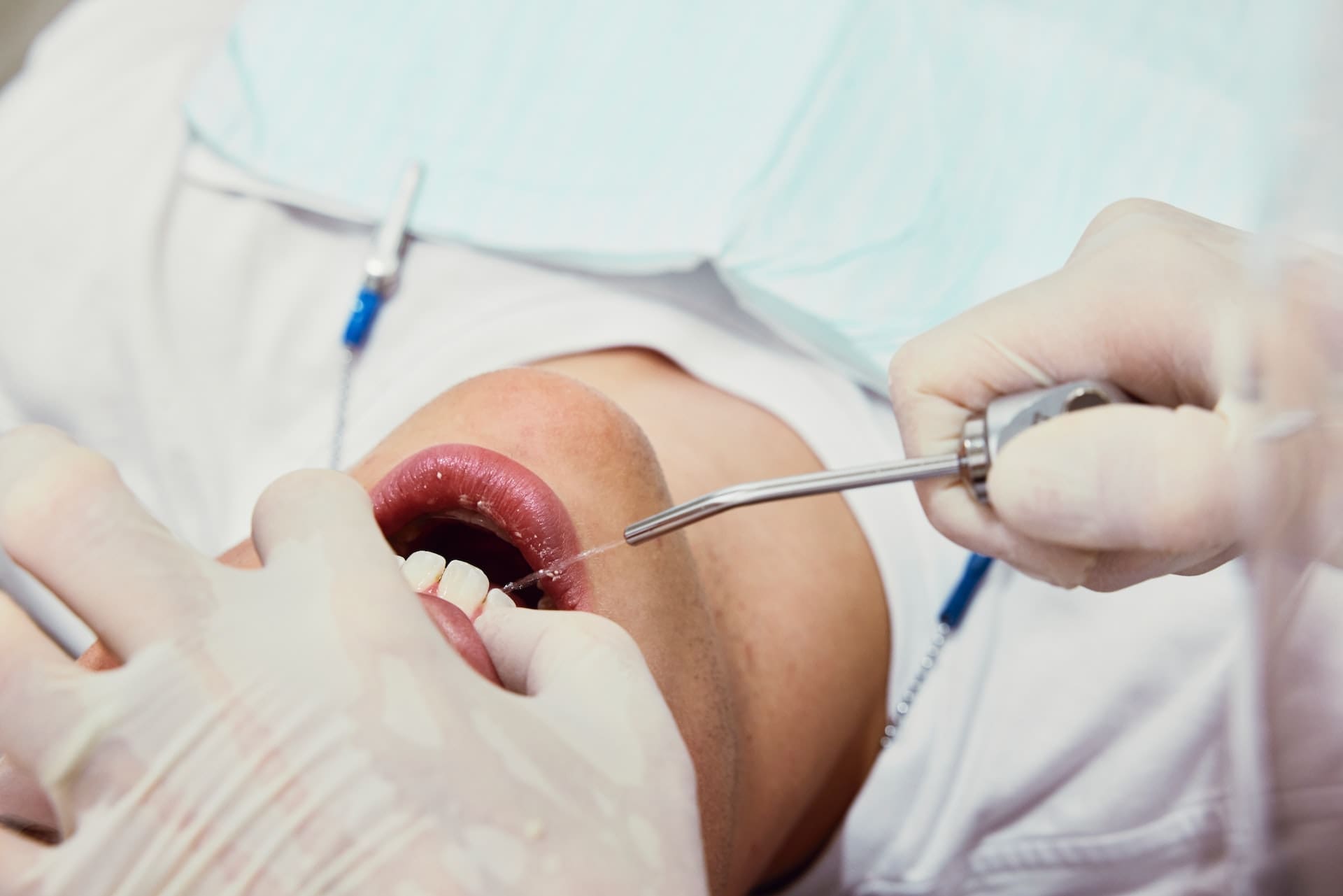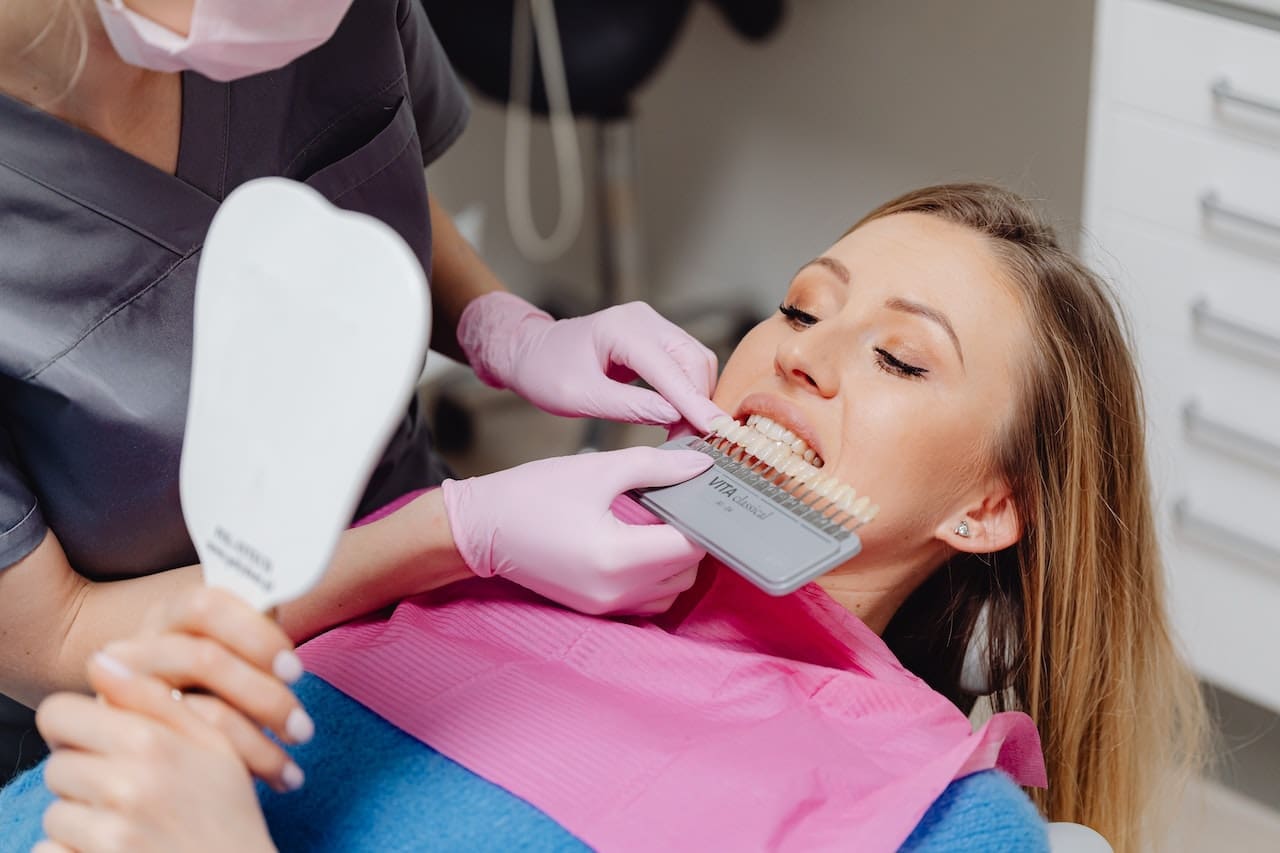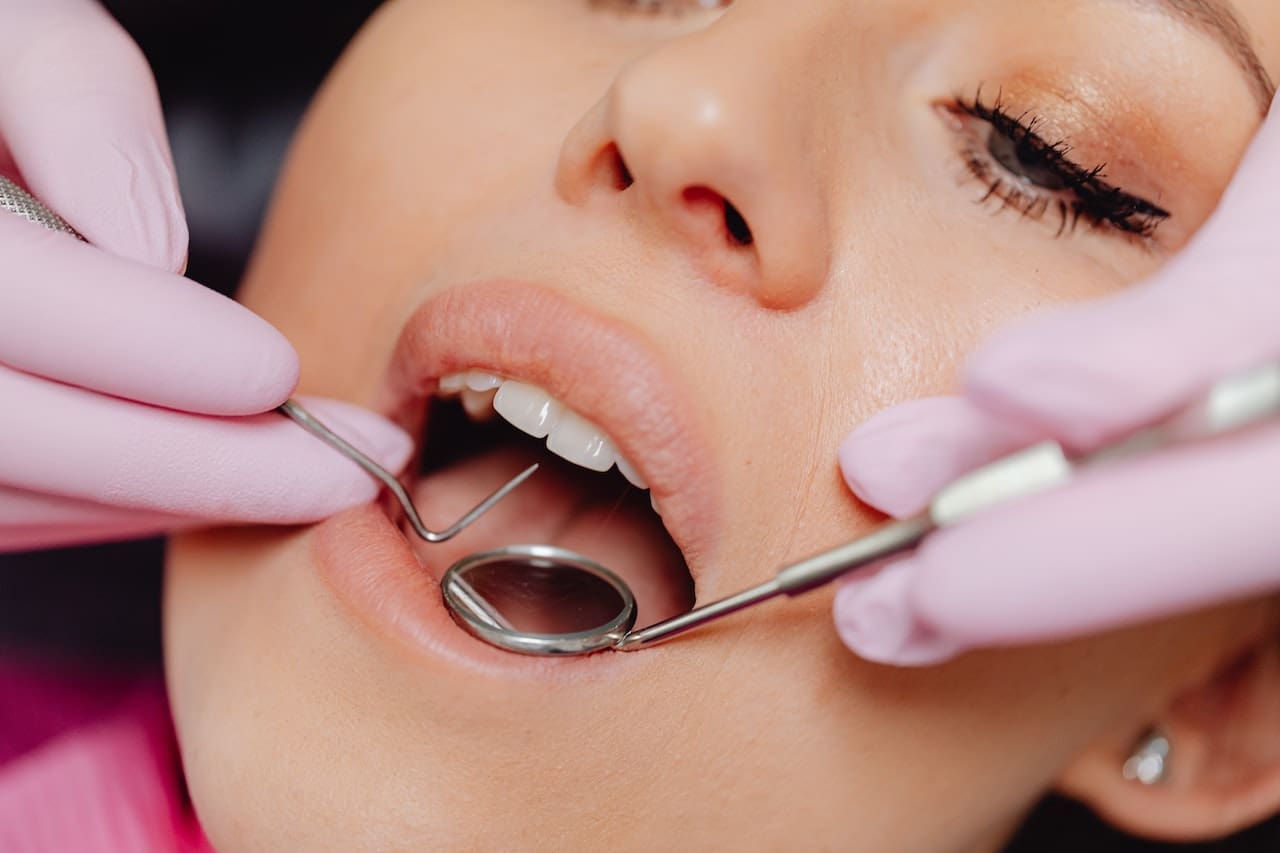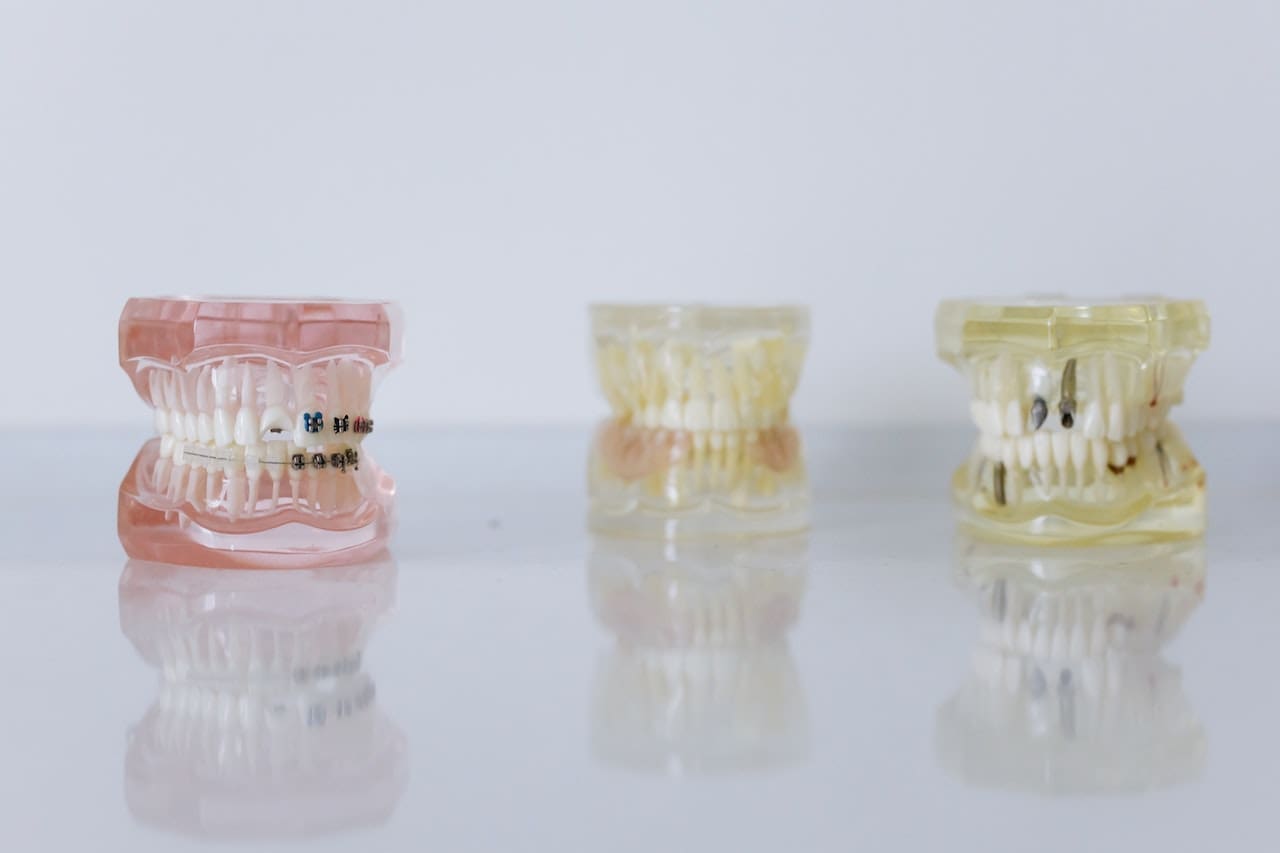Comparing Urgent and Non-urgent Emergency Dental Care
Dental emergencies can be a painful and frightening experience, and it’s crucial to know how to identify urgent dental problems that require immediate attention from a dentist. While some dental emergencies require primary care to save a tooth or prevent further damage, others can wait for a scheduled appointment with a dentist.
Understanding how urgent and non-urgent dental emergencies differ can help you make informed decisions about seeking treatment and reduce unnecessary visits to the dentist. Urgent dental problems can be caused by various factors, including injury, infection, or severe pain. These conditions require immediate attention to prevent further damage, relieve discomfort, and save the tooth if possible.
On the other hand, non-urgent dental problems may cause discomfort or inconvenience but do not pose an immediate threat to oral health. These problems can often wait for a scheduled appointment with a dentist.
Knowing when to seek immediate care from a dentist can be challenging, especially if you’re experiencing a dental emergency for the first time. In this article, we will discuss the difference between urgent and non-urgent dental emergencies and provide examples of each type of problem.
Urgent Dental Emergencies
Urgent dental emergencies are those that require immediate attention to prevent further damage, relieve pain, or save a tooth. Some examples of urgent dental problems include:
- Severe toothache – A toothache that is severe and persistent may be a sign of an infection or abscess, which can become life-threatening if left untreated.
- Broken or knocked-out tooth – If a tooth is broken or knocked out, it’s important to see a dentist immediately. If the tooth can be saved, the chances of successful restoration are higher if treatment is received within the first hour of the injury.
- Swelling or bleeding – Swelling or bleeding in the mouth can be a sign of infection or injury and should be evaluated by a dentist as soon as possible.
- Loose or lost filling – A loose or lost filling can expose the sensitive inner layers of the tooth, causing pain and increasing the risk of infection.
- Broken dentures or orthodontic appliances – Broken dentures or braces can cause discomfort and make it difficult to eat or speak. A dentist can repair or replace these appliances to restore comfort and function.
Non-Urgent Dental Emergencies
Non-urgent dental emergencies are those that can wait for a scheduled appointment with a dentist. These problems may cause discomfort or inconvenience but do not pose an immediate threat to oral health. Some examples of non-urgent dental issues include:
- Mild toothache – A mild toothache that comes and goes may be caused by sensitivity to hot or cold foods or minor decay. These issues can often be resolved with over-the-counter pain relievers and a scheduled dental visit.
- Lost filling or crown – If a filling or crown falls out but does not cause pain or discomfort, it may be considered non-urgent. However, it’s still important to schedule a visit with a dentist as soon as possible to prevent further damage to the tooth.
- Chipped or cracked tooth – A chipped or cracked tooth that does not cause pain or sensitivity may not require immediate attention. However, it’s essential to have the tooth evaluated by a dentist to prevent further damage or infection.
- Stained or discolored teeth – Stained or discolored teeth may be a cosmetic issue but do not threaten oral health. These problems can often be resolved with professional teeth whitening or other cosmetic treatments.
- Lost or broken retainer – If a retainer is lost or damaged, it may be considered non-urgent as long as the teeth do not shift significantly. However, it’s still important to schedule a visit with an orthodontist to repair or replace the retainer.
Conclusion
If you experience a dental emergency, it’s essential to seek immediate care from a dentist to prevent further damage or infection. However, not all dental problems require immediate attention; some can wait for a scheduled appointment. If you’re unsure whether your dental problem is urgent or non-urgent, contact your dentist for guidance.
Do you need dental emergency treatment? Trust Weymouth Dental Arts. Your smile deserves customized dental care. Our office uses the latest and most advanced technologies to make your visit as quick and comfortable as possible. We thoroughly evaluate and treat all the contributing root factors related to your oral health, ensuring that we leave no stone unturned. Book an appointment!

